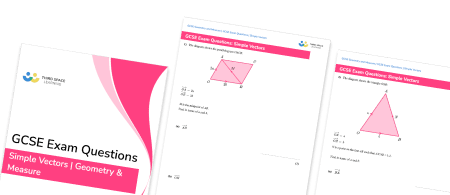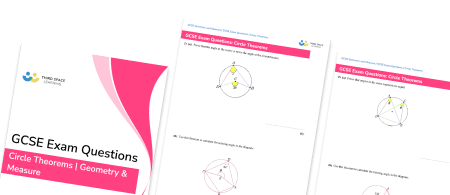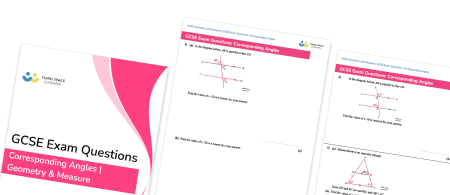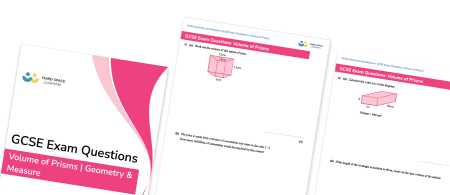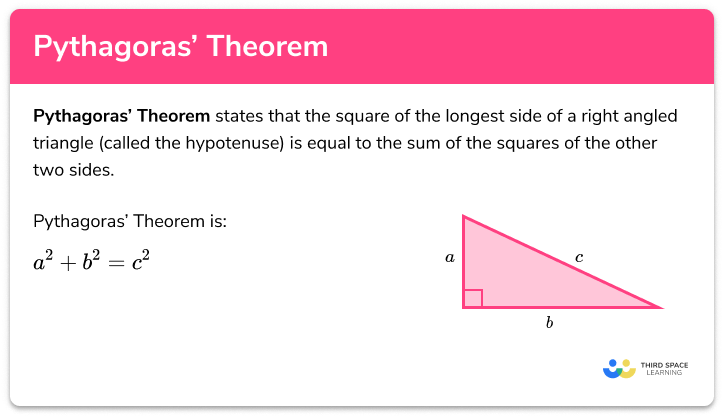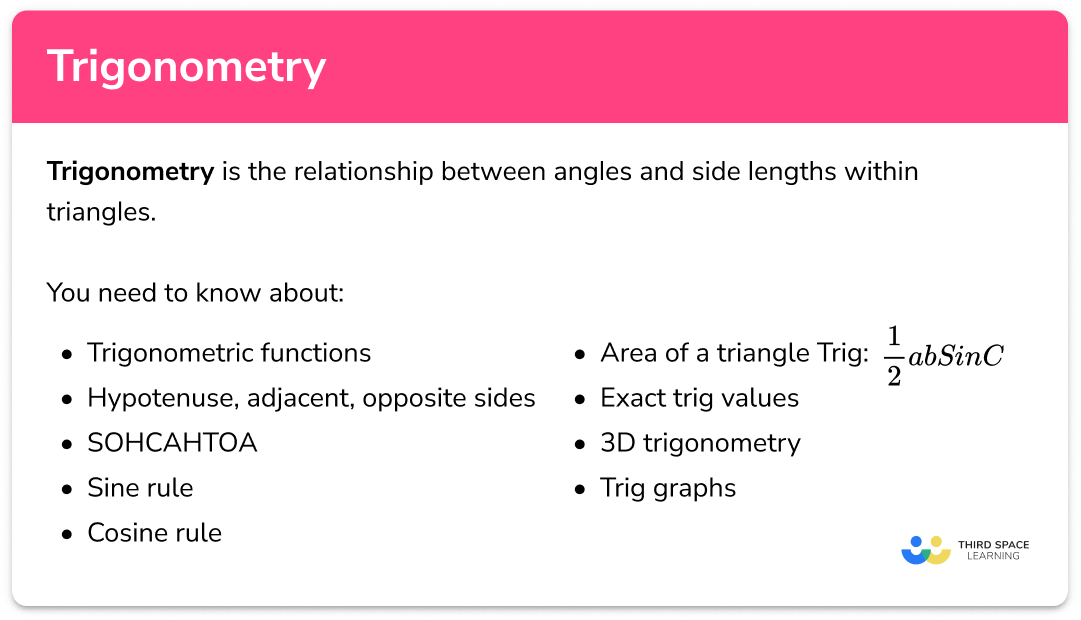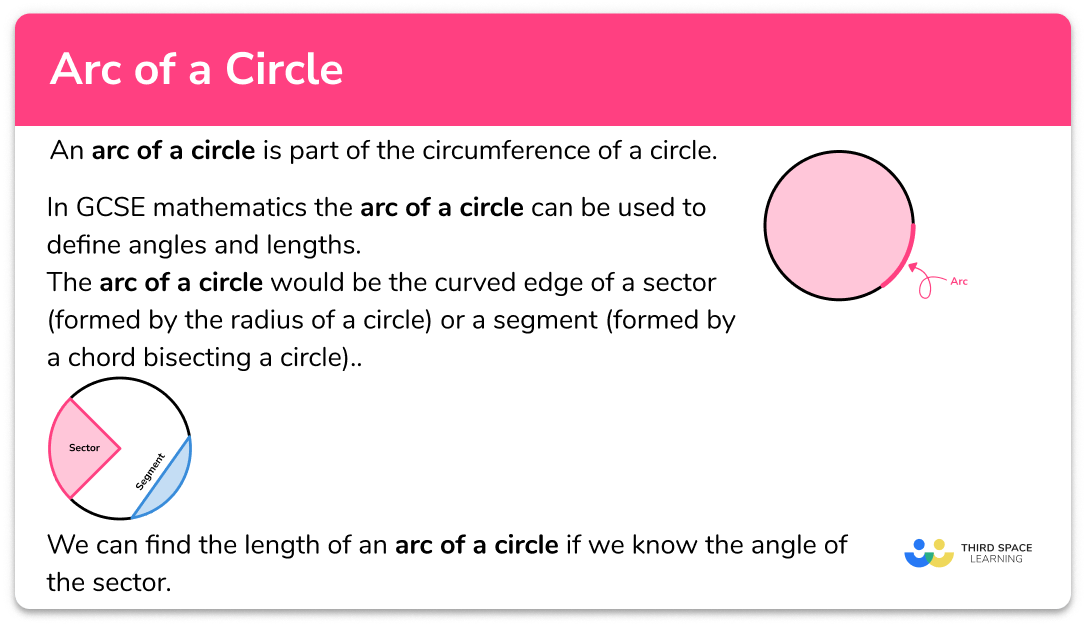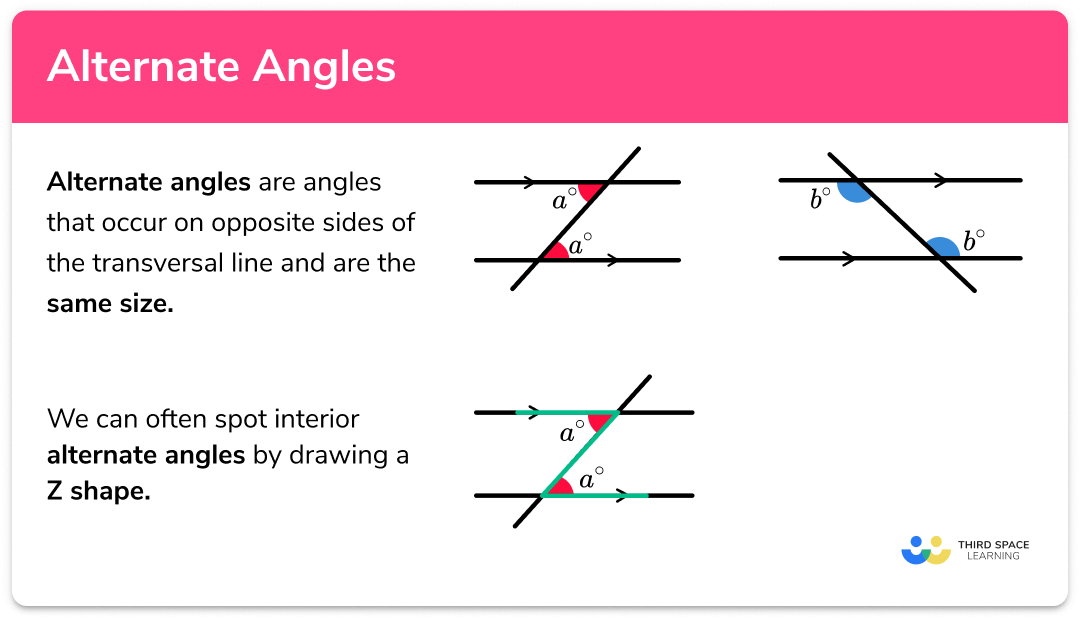FREE DOWNLOAD
Area Of Quadrilaterals Worksheet

Help your students prepare for their Maths GCSE with this free area of quadrilaterals worksheet of 31 questions and answers
- Section 1 of the printable area of quadrilaterals worksheet contains 27 skills-based area of quadrilaterals questions, in 2 groups to support differentiation
- Section 2 contains 4 applied area of quadrilaterals questions with a mix of worded problems and deeper problem solving questions
- Answer keys and a mark scheme for all questions are provided
- Questions follow variation theory with plenty of opportunities for students to work independently at their own level
- All questions created by fully qualified expert secondary maths teachers
- Suitable for GCSE maths revision for AQA, OCR and Edexcel exam boards
Area of quadrilaterals at a glance
Area is the amount of space covered by a 2D shape and is measured in square units (square millimetres, square centimetres and square metres). Many of the area formulae for different types of quadrilaterals (parallelograms, trapezoids, etc) are based on the area of a rectangle.
To work out the area of a rectangle we use the formula length width. The area of the square is calculated in the same way but as the side lengths of a square are all equal, we just need to multiply the side length by itself.
The formula for the area of a parallelogram is the same as the formula for the area of a rectangle. To work out the area of a parallelogram, we use the formula base perpendicular height. As a rhombus is a parallelogram with four equal sides, this formula also works to find the area of a rhombus.
The formula for the area of a trapezium or trapezoid is based on the area of a rectangle. To work out the area of a trapezium, we use the formula (a+b)h divided by 2, where h is the height of the trapezium and a and b are the lengths of the two parallel sides.
In addition to using integers for side lengths, decimals and fractions are also common when calculating area. Students may also be asked to apply multiplication of fractions to the area of quadrilaterals.
Area of a quadrilateral can be extended further to word problems or problems using compound shapes, and to applications involving algebraic expressions, forming and solving equations.
Looking forward, students can then progress to additional area worksheets and other geometry worksheets, for example an angles in polygons worksheet or area and circumference of a circle worksheet.

For more teaching and learning support on Geometry our GCSE maths lessons provide step by step support for all GCSE maths concepts.
Do you have students who need additional support?
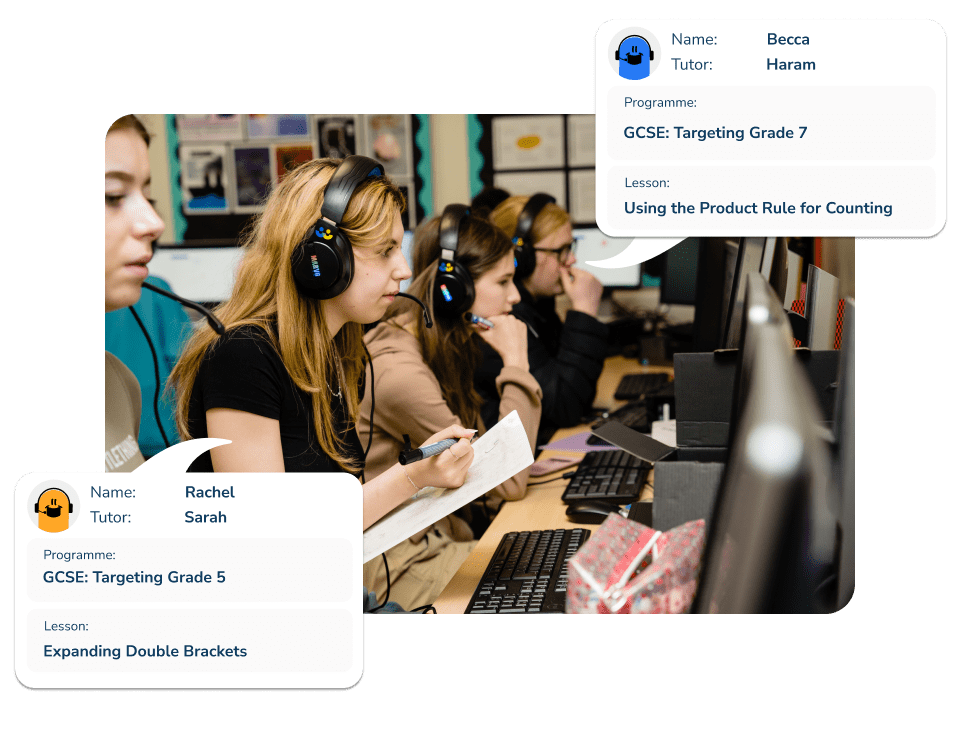
With Third Space Learning's secondary maths tutoring programmes, students in Year 7-11 receive regular one to one maths tutoring to address gaps, build confidence and boost progress.
"My confidence in the tutoring is high. We've had some phenomenal results. I even had one girl get a Grade 8 this year; she came to every tutoring session."
Stacey Atkins, Maths Director, Outwood Grange Academies Trust

